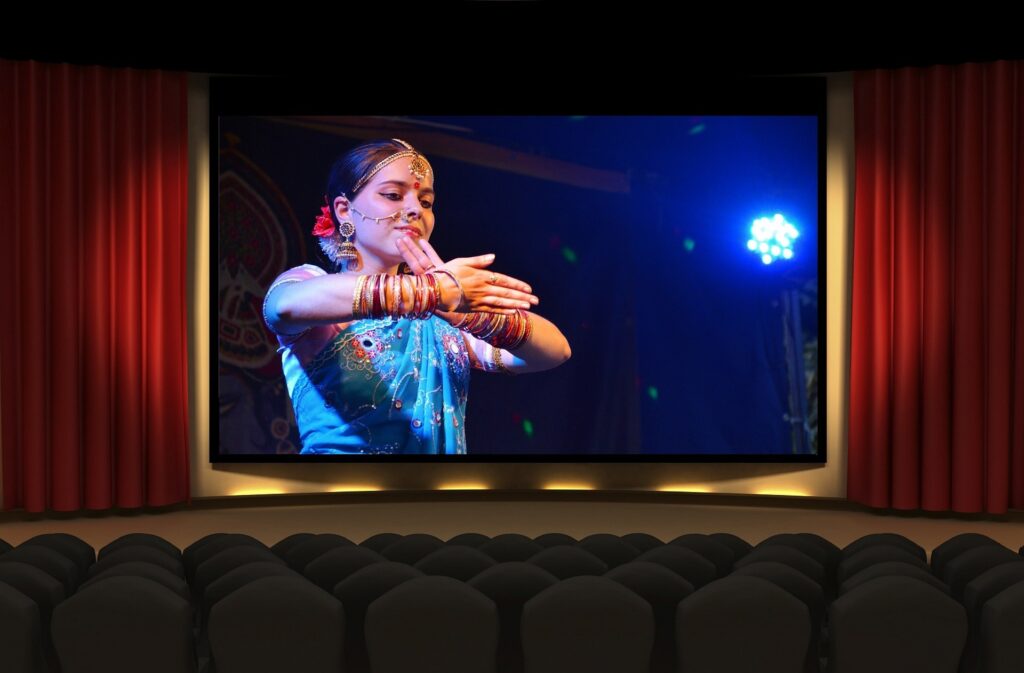Introduction
Indian cinema, often referred to as Bollywood holds a prominent place in the global film industry. With a rich history spanning over a century, it has mesmerized audiences worldwide with its vibrant storytelling, larger-than-life characters, and captivating musical numbers. In this article, we delve into the celluloid chronicles of Indian cinema, unveiling its fascinating stories, iconic films, legendary actors, and the profound impact it has had on both the cultural landscape of India and the world.
The Birth of Indian Cinema
The journey of Indian cinema began in 1913 with the release of the silent film “Raja Harishchandra” by Dadasaheb Phalke. This marked the birth of the Indian film industry, laying the foundation for a century-long cinematic legacy. Phalke’s pioneering efforts inspired a wave of creativity, leading to the emergence of various regional film industries across India.
The Golden Era of Indian Cinema

The 1950s and 1960s are often referred to as the Golden Era of Indian cinema. During this period, masterpieces such as “Mother India,” “Pyasa,” and “Mughal-e-Azam” captivated audiences with their compelling narratives and memorable performances. Filmmakers like Satyajit Ray, Guru Dutt, and Raj Kapoor pushed the boundaries of storytelling, bringing a new wave of realism and social commentary to Indian cinema.
The Evolution of Bollywood
Bollywood, the Hindi film industry based in Mumbai, became synonymous with Indian cinema. The industry witnessed significant changes in the 1970s and 1980s, with the rise of the “masala” entertainers. Films like “Sholay,” “Deewaar,” and “Dilwale Dulhania Le Jayenge” became iconic, creating a distinct Bollywood style characterized by a mix of action, romance, and song-and-dance sequences.
Cinematic Icons and Legends
Indian cinema boasts a plethora of legendary actors and actresses who have left an indelible mark on the industry. From the charismatic presence of Amitabh Bachchan to the timeless beauty of Madhubala, from the versatility of Dilip Kumar to the mesmerizing performances of Sridevi, these iconic figures have become an integral part of the celluloid chronicles of Indian cinema.
Global Recognition and Influence

Indian cinema has garnered international recognition and influenced filmmakers across the globe. The works of directors like Satyajit Ray, who won the prestigious Palme d’Or at the Cannes Film Festival, and the widespread popularity of films like “Slumdog Millionaire” have put Indian cinema on the global map. Bollywood’s colorful musical extravaganzas have also captivated audiences internationally, contributing to the cultural exchange between India and other nations.
Conclusion
The celluloid chronicles of Indian cinema continue to evolve, reflecting the changing times and narratives. From the black-and-white classics to modern blockbusters, Indian cinema remains a powerful medium of storytelling and a reflection of Indian society. With its ability to entertain, inspire, and impact lives, Indian cinema’s influence transcends borders. As we delve into the mesmerizing stories behind the films and the journeys of its iconic figures, we come to appreciate the extraordinary magic that Indian cinema has brought to the world stage, making it an integral part of the global cinematic heritage.







3 thoughts on “Celluloid Chronicles: Unveiling the Stories of Indian Cinema”